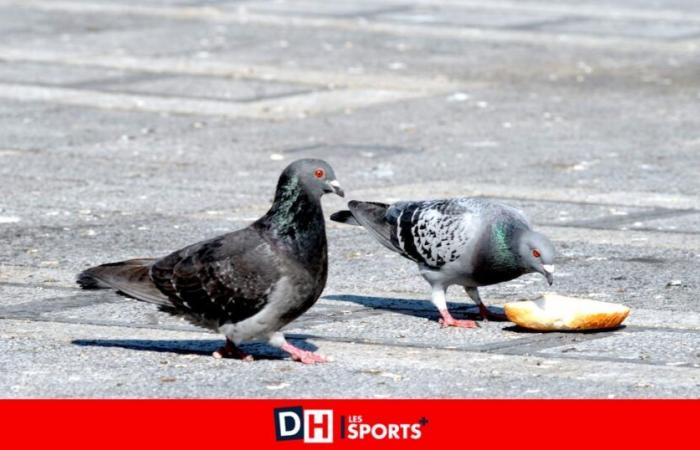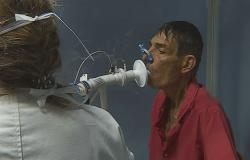Drones more “real” than nature
To ensure the most realistic result possible, the researchers studied in advance the wing flapping patterns of the three coveted bird species, as well as the thrust and lift forces applied to them. Thanks to the corpse of a mallard duck, a swimming drone capable of monitoring aquatic fauna was also created, reproducing the natural movements of this species thanks to its robotic legs.
Despite their resemblance to other birds and the fluidity of their movements, will these drones, more “real” than nature, manage to blend into the mass among their peers, who are indeed alive? “We know there is a risk of them being attacked by other birds, but this is part of nature“, admits Mostafa Hassanalian, who has so far only tested his inventions in controlled environments on his campus.
Multiple possibilities of use
In addition to observing wildlife, Hassanalian highlights the possibility of using his technology for surveillance purposes. “For the future, types of taxidermied bird drones can be integrated to protect the border. This is another potential application. We haven’t studied this question, but I’m just talking about the potential application“, he explains before admitting the existence of possible future abuses: “The possibility of a technology being misused for its purposes is a legitimate concern. While our research aims to support scientific and environmental initiatives, we recognize that any technology can be misused if it falls into the wrong hands. This is why it is still crucial to have appropriate regulations, ethical guidelines and public dialogue around the development and use of drones.“
Convinced of the contribution of his invention to science, Hassanalian does not intend to stop there. In the future, the researcher of New Mexico Tech aims to develop other robots, in the form of lizards, frogs, snakes, or even dandelions.






